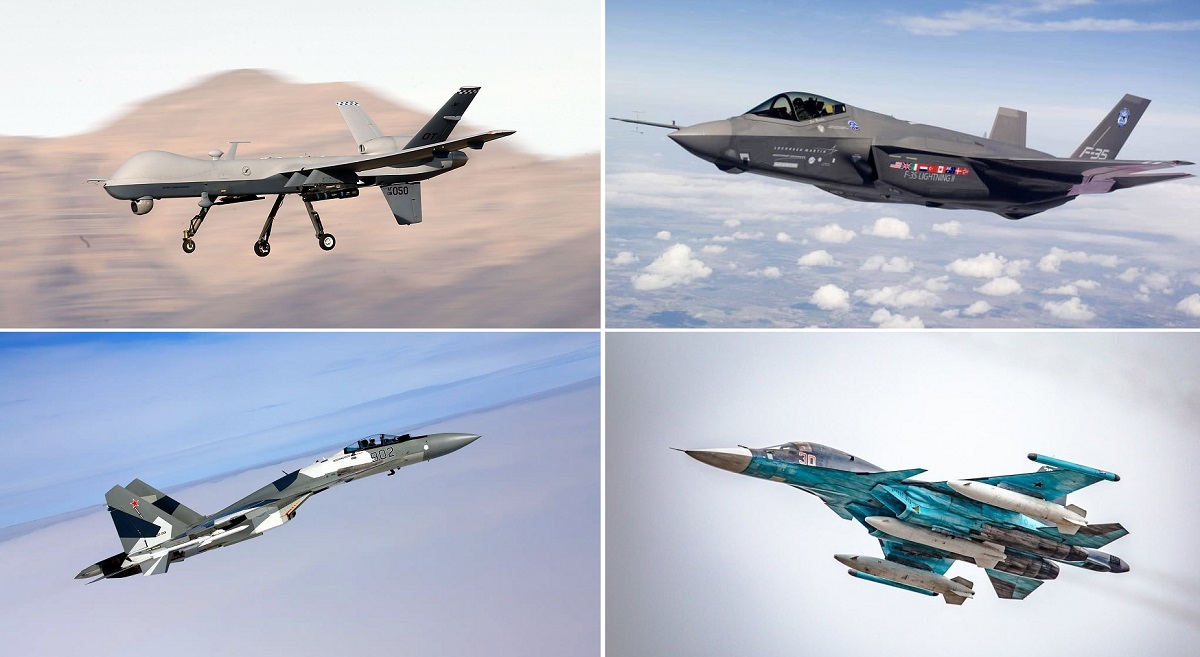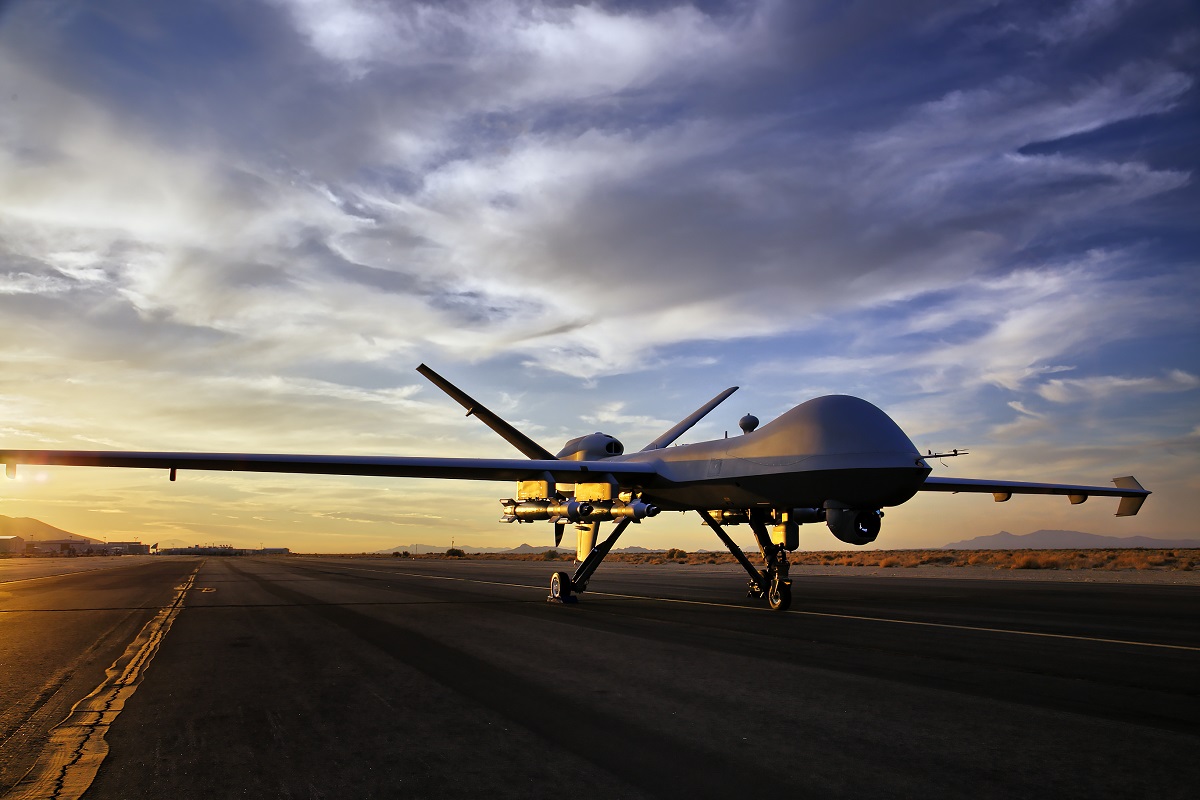Despite the presence of the F-35 Lightning II in the region, Russian Su-34 and Su-35 fighter jets have damaged another US MQ-9 Reaper drone in Syria

A few days ago, a squadron of F-35 Lightning IIs arrived in the Middle East. Despite the presence of fifth-generation fighters, Russian aircraft continue to harass and provoke US MQ-9 Reaper drones.
Here's What We Know
The arrival of the F-22 Raptor in the Middle East in June was linked to aggressive flights by Russian jets, but they have already returned home. F-35 Lightning IIs were sent to the region following Iran's attempt to seize tankers in the Strait of Hormuz, but while they were flying, a Russian Su-35 damaged the propeller of an MQ-9 drone.
On July 23 Russian military aircraft deployed flares, damaging a U.S. MQ-9 while conducting a defeat-ISIS mission. For the full statement by Lt. Gen. Alex Grynkewich, Commander, 9th AF (AFCENT) visithttps://t.co/5cQm8MQ6aQ@CENTCOM @DeptofDefense @usairforce @CJTFOIR pic.twitter.com/ViVTI3P05i
- US AFCENT (@USAFCENT) July 25, 2023
Despite the fact that a group of US Air Force fifth-generation fighter jets are now in the region, along with the A-10 Thunderbolt II and F-16 Fighting Falcon, Russian jets continue to be aggressive. Recently, a second MQ-9 Reaper drone was damaged in the skies over Syria.
U.S. officials said two Russian fighter jets approached the U.S. drone on 26 July. After that, one of them launched a heat trap than damaged the left wing of the MQ-9 in several places.
The Russian side commented on the incident and said it was a provocation by the US. Russia's representative in Syria said that the MQ-9 Reaper approached the Su-34 and Su-35 at a dangerous distance, causing them to have to use heat traps for their own defence.

The system triggered automatically after the drone approached. US officials deny the accusations. According to them, Russian planes need an additional pilot if the MQ-9 drone is able to approach a fighter like the Su-35 without any problems.
Source: Air & Space Forces Magazine